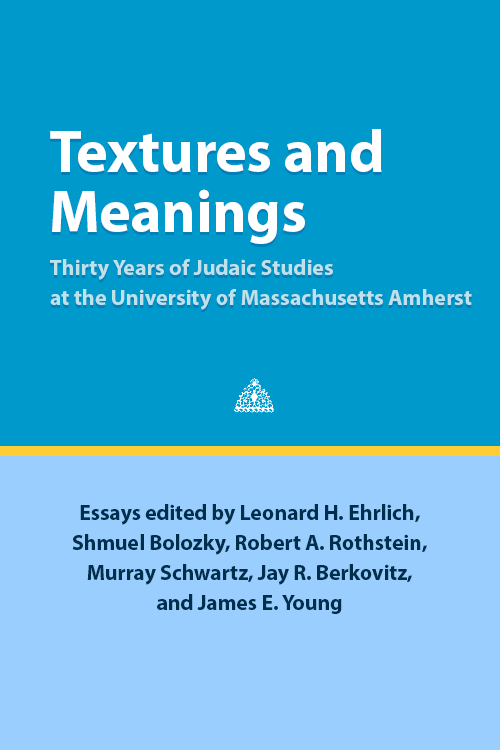The Saga of a Unique Verb in Biblical Hebrew and Ugaritic: תחוהto Bow Down’ - Usage and Etymology
Chaim Cohen
This chapter is part of: Leonard H. Ehrlich et al. 2004. Textures and Meanings: Thirty Years of Judaic Studies at the University of Massachusetts Amherst
Download Chapter| Description |
|---|
| Chaim Cohen’s article represents the philological/etymological approach to research in Semitic linguistics, as applied to the study of Biblical Hebrew. Since one is dealing with ancient languages, the analysis is text-based, relying not only on the Hebrew Bible itself, but on other Semitic texts as well (inscriptions included) – in this particular case in Hebrew, in closely-related Ugaritic, in Akkadian, and even in Arabic. The methodology is comparative, and the analysis is typical in its meticulous attention to every manifestation of the form in question across texts and across languages. The issue investigated is characteristic as well. The question is whether a form like hištaḥăwā ‘bow down’ (or hštḥwh in Ugaritic) is to be derived from the root šḥy or ḥwy. This is of particular importance, because if the root is ḥwy, which is the position Cohen supports, it means that š, or št, is not part of the root; rather, hištaḥăwā is a realization of the derivational pattern šiCCeC, or more specifically, its related pattern hištaCCeC. Although the article deals with essentially a single form, the analysis has implications to the status of šiCCeC as an independent verb pattern. |
-
Details
Published Published By Aug. 1, 2004 University of Massachusetts Amherst Citation Cohen C. 2004. The Saga of a Unique Verb in Biblical Hebrew and Ugaritic: תחוהto Bow Down’ - Usage and Etymology. In Leonard H. Ehrlich et al. 2004. Textures and Meanings: Thirty Years of Judaic Studies at the University of Massachusetts Amherst
